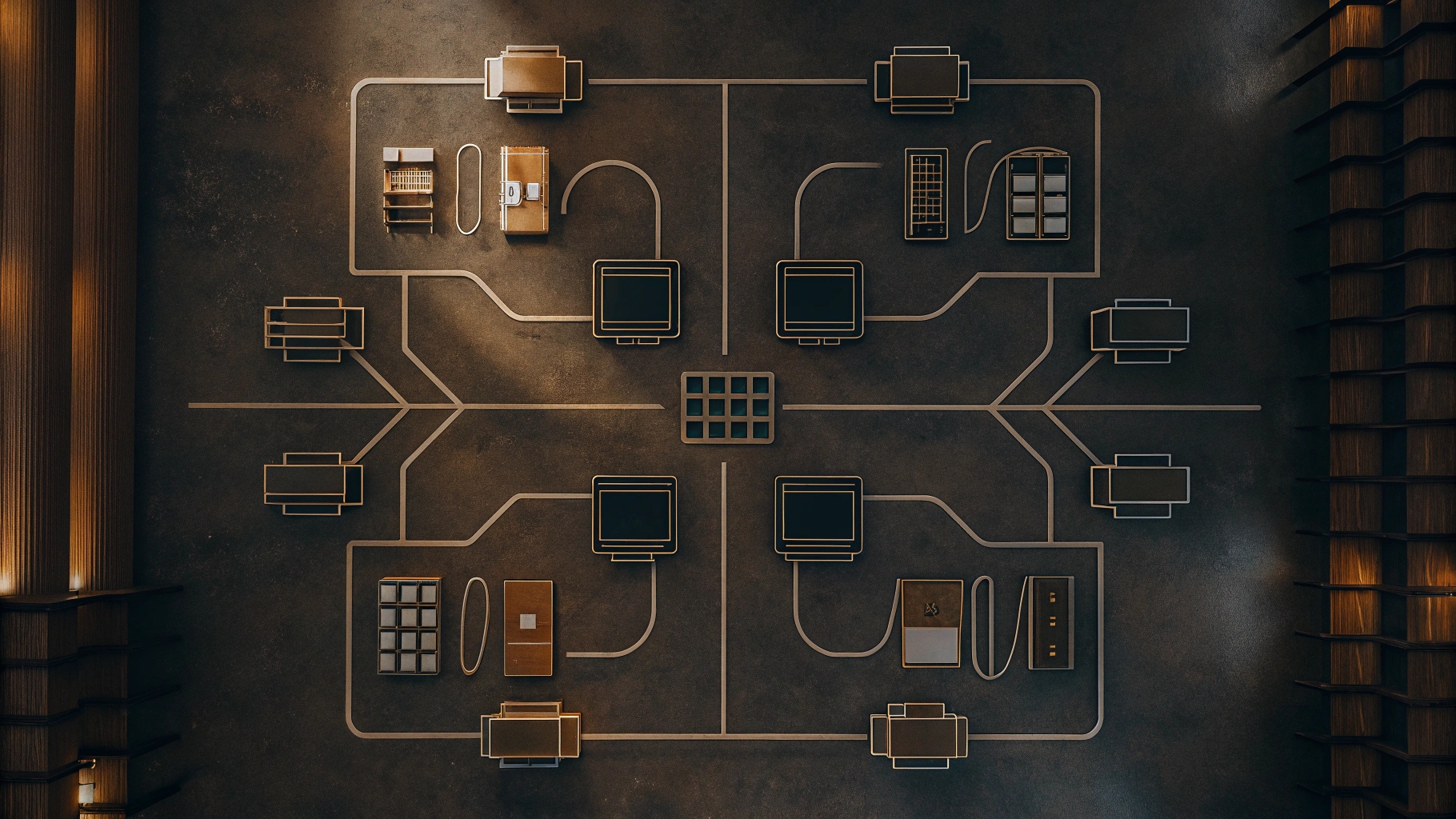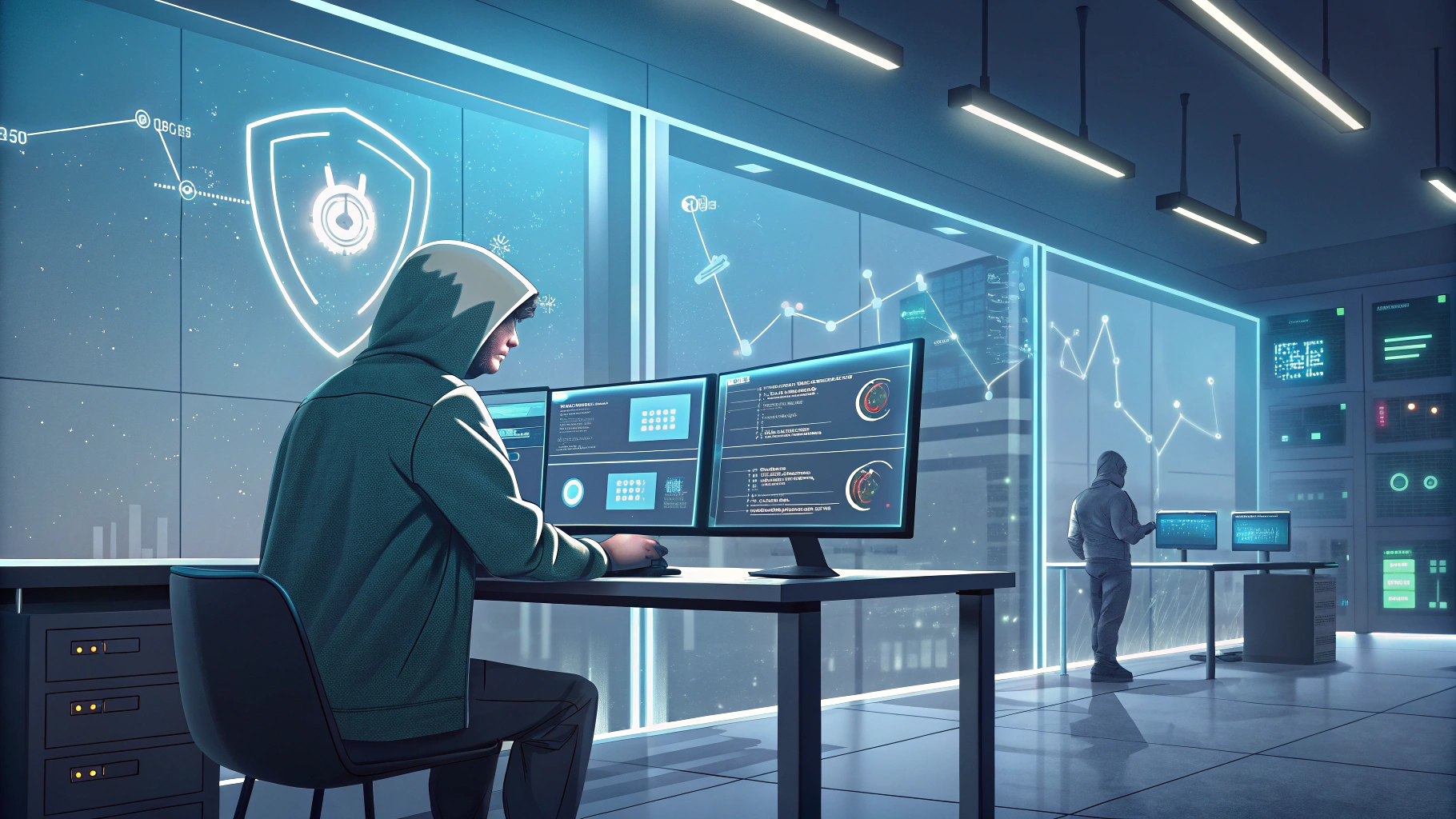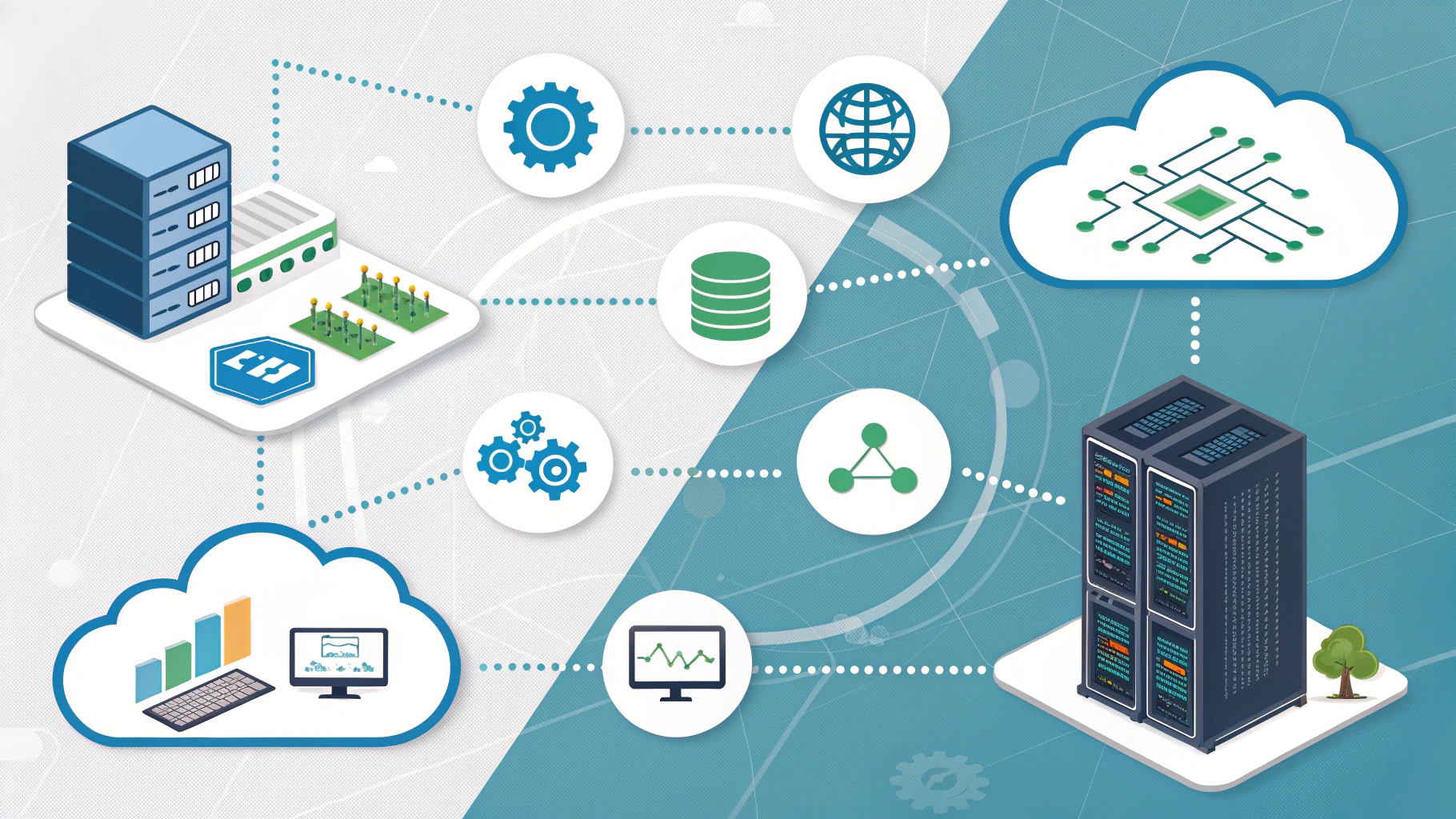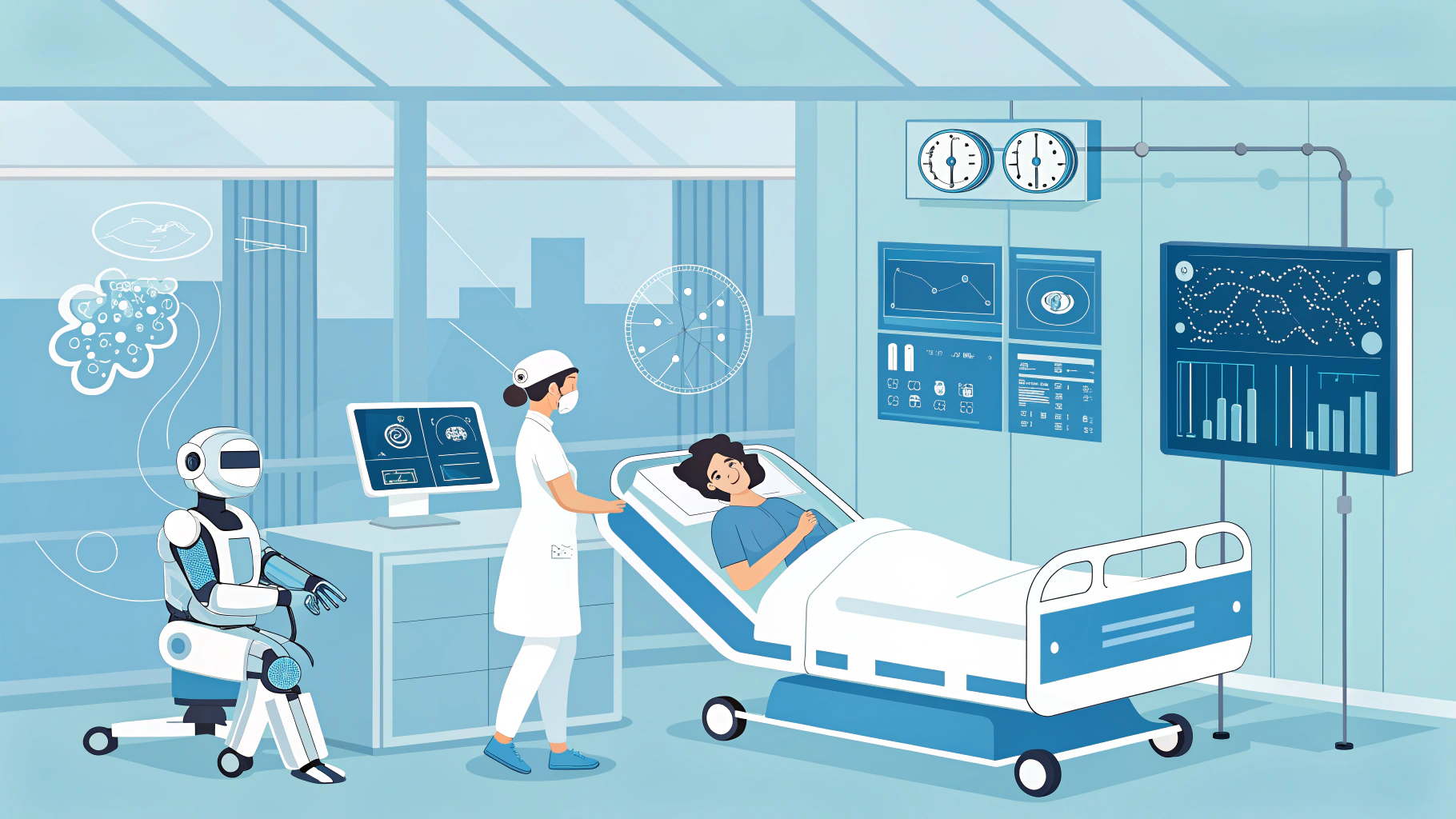
Summary
5G technology is revolutionizing IT infrastructure—not just by boosting speed, but by redefining how data is processed, secured, and scaled. With ultra-fast downloads, near-zero latency, and massive connectivity, 5G enables edge computing, expansive IoT deployments, and customizable virtual networks through network slicing.
This transformation requires a shift from centralized data centers to localized processing, robust zero-trust security frameworks, and upskilled IT teams. Despite challenges like increased attack surfaces and implementation costs, 5G offers energy efficiency, reduced latency, and long-term cost savings. For IT leaders, embracing this shift now is essential to stay competitive, secure, and ready for the 6G future.
The buzz around 5G isn’t just about faster smartphones—it’s a fundamental shift in IT infrastructure. For professionals navigating 5G and IT, this technology rewires how data moves, scales, and secures itself across next-gen networks.
Pro Tip: Staying ahead in IT means keeping your skills aligned with emerging tech. Explore our guide on Best IT Certifications for Career Growth in 2025 to see which credentials can help you thrive in a 5G-driven future.
Why 5G Changes Everything for IT
5G isn’t an incremental upgrade. It delivers:
- Lightning speed: 10Gbps peak downloads (100x faster than 4G)
- Near-zero latency: 1ms response for real-time applications
- Massive connectivity: 1 million devices per km²
For telecom IT teams, this means:
✔️ Death of centralized data centers (hello, edge computing!)
✔️ Explosion of IoT deployments (smart factories, cities, hospitals)
✔️ New revenue streams through network slicing
Stat: 60% of enterprises will use 5G for IoT by 2026 (Gartner).
3 Game-Changing Impacts on Telecom IT
1. The Edge Computing Takeover
Next-gen networks demand processing power where data is born:
- Factories analyzing machine sensors in real-time
- Hospitals processing AR-assisted surgery footage locally
- Retail stores running AI inventory checks on-site
Result: 50% less bandwidth costs and sub-second decision-making.
2. Network Slicing: The Ultimate Customizer
5G and IT enables virtualized sub-networks:
| Slice Type | Use Case |
| Ultra-Reliable | Remote surgery, autonomous cars |
| Massive IoT | Smart meters, asset tracking |
| Enhanced Mobile | 4K streaming, VR gaming |
Benefit: Guaranteed performance for critical apps.
3. Security Overhaul Required
With telecom IT supporting billions of devices:
- Zero-trust frameworks become mandatory
- AI threat detection monitors 24/7 for anomalies
- Encryption upgrades to quantum-safe standards
Warning: 5G expands attack surfaces by 300% (McAfee).
Overcoming 5G Implementation Challenges
Cost Management Strategies
- Phase deployments: Start with high-ROI zones (e.g., warehouses)
- Share infrastructure: Partner with local governments for tower access
- Leverage subsidies: Tap into $1.7B US federal 5G fund
Bridging the Skills Gap
Train teams on:
- Cloud-native network cores (CNFs)
- AI-driven network optimization
- IoT security protocols
Stat: Demand for 5G-savvy engineers will jump 200% by 2027 (Deloitte).
Future-Proofing IT Infrastructure
6G Prep: Start Now
Next-gen networks evolve fast. Prepare by:
- Virtualizing 80%+ network functions
- Deploying AI for predictive maintenance
- Building sustainable data centers (liquid cooling, renewable energy)
The Sustainability Advantage
Despite scale, 5G offers:
☞ 90% less energy per GB than 4G
☞ 30% fewer hardware refreshes through virtualization
☞ Smart grid integrations reducing carbon footprints
Action Plan for IT Leaders
- Launch edge pilots: Test in one facility (e.g., manufacturing)
- Audit security: Assume breach; segment networks aggressively
- Negotiate SLAs: Demand latency guarantees from carriers
- Upskill teams: Certify staff in cloud-native 5G cores
Success Story: AT&T’s virtualized 5G core reduced ops costs by 30% (IEEE).
Conclusion: The 5G-Infused Future
5G and IT convergence isn’t coming it’s here. Telecom IT teams that embrace edge computing, network slicing, and zero-trust security will turn next-gen networks into competitive weapons. Delay risks obsolescence; action unlocks unprecedented innovation.
Dive deeper:
👉 Explore technical blueprints in the IEEE 5G Deployment Guide.
FAQ
Q1: How is 5G different from 4G in terms of IT infrastructure?
A: Unlike 4G, which relies heavily on centralized data centers, 5G enables edge computing—processing data closer to where it’s generated. It also supports ultra-low latency (as low as 1ms), higher bandwidth, and massive device connectivity, all of which require rethinking traditional IT setups.
Q2: What is edge computing, and why is it important in the 5G era?
A: Edge computing involves processing data locally at the “edge” of the network rather than in a centralized cloud. This is vital in 5G environments where real-time response is critical, such as in autonomous vehicles, smart factories, or remote medical procedures.
Q3: What is network slicing, and how does it benefit enterprises?
A: Network slicing allows telecom providers to create multiple virtual networks on a single physical 5G infrastructure. Each slice can be tailored for specific use cases—such as ultra-reliable slices for healthcare or high-bandwidth slices for streaming—ensuring consistent performance and service quality.
Q4: How does 5G affect cybersecurity strategies?
A: With billions of devices connected via 5G, the attack surface expands dramatically. This requires zero-trust security models, AI-powered threat detection, and next-gen encryption methods. Security must be built into the network architecture from the ground up.
Q5: What are the biggest challenges in implementing 5G for IT teams?
A: Key challenges include high initial infrastructure costs, the need for skilled personnel, and managing more complex, decentralized networks. However, phased rollouts, government funding, and strategic partnerships can help mitigate these hurdles.







